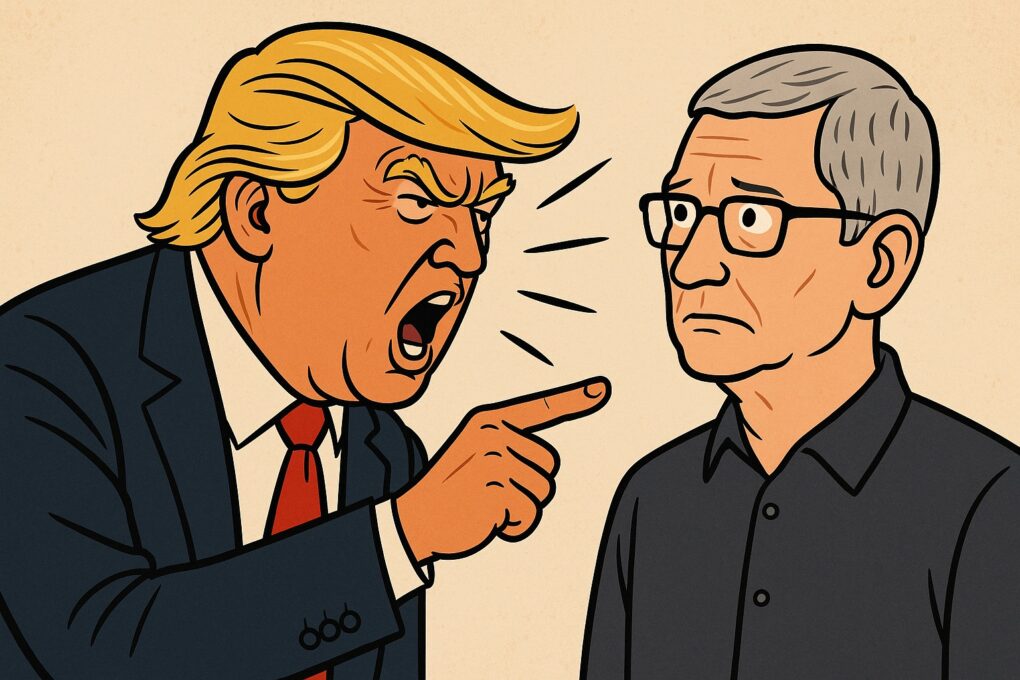Tariffs imposed by President Donald Trump on iPhones and Macs produced in Asia and then imported into the United States will cost Apple $1.1 billion in the current quarter, according to an estimate from Apple CEO Tim Cook on Thursday.
If the prediction proves accurate, the total cost to Apple from these new import taxes will come close to $2 billion … and that number’s growing.
Trump tariffs cost Apple billions
Starting shortly after his election, Trump imposed tariffs on Apple products assembled in China, India and elsewhere and then brought into the United States. The import tax sits at 20% on devices coming from China and 10% on hardware made in India.
In a conference call with analysts after Apple announced blockbuster financial results for the June quarter, Cook gave an update on how the Trump tariffs are affecting business.
“For the June quarter, we incurred approximately $800 billion of tariff-related costs,” the executive said. “For the September quarter, assuming the current global tariff rates, policies and applications do not change for the balance of the quarter, and no new tariffs are added, we estimate the impact to add about $1.1 billion to our costs.”
A spike in tariffs is coming
He was careful to warn analysts and investors that they shouldn’t use that data to project that tariffs will set Apple back approximately $4 billion over the next year. “This estimate should not be used to make projections for future quarters, as there are many factors that could change, including tariff rates.”
He also said the company expects the amount it pays in tariffs to spike in the holiday quarter when sales of iPhones, iPads and other products generally reach their highest levels. Import taxes are paid by the unit, so more units being imported means higher payments.
A passage to India (and Vietnam)
Of course, Apple isn’t taking this lying down. A significant percentage of its efforts to pay fewer tariffs involves moving product assembly out of China, where Trump imposed the highest import tariffs.
“The vast majority of the iPhones sold in the U.S. — or the majority, I should say — have a country of origin of India,” Cook told analysts Thursday. “And the vast majority of the products — other products, the Mac and the iPad and the Watch — have a country of origin of Vietnam that are sold in the United States.”
But that doesn’t mean Apple cut its ties with China.
“The products for other international countries, the vast majority of them are coming from China,” Cook said.
America, too
Moving production around Asia isn’t all Apple’s doing to reduce its exposure to Trump’s tariffs. Cook used part of Thursday’s call with analysts to highlight what’s happening within the United States.
He mentioned the recently announced Apple Manufacturing Academy in Detroit. And he also highlighted how many components Apple suppliers already produce in the United States.
“ I would stress, again, that we do a lot in this country, in the United States, and we’ve committed $500 billion [in investment], and we’re always looking to do more,” said Cook. “That’s on top of having roughly 19 billion chips coming out of the U.S. now. And, of course, glass from iPhone, and the Face ID module. And so there’s loads of different things that are done in the United States.”


